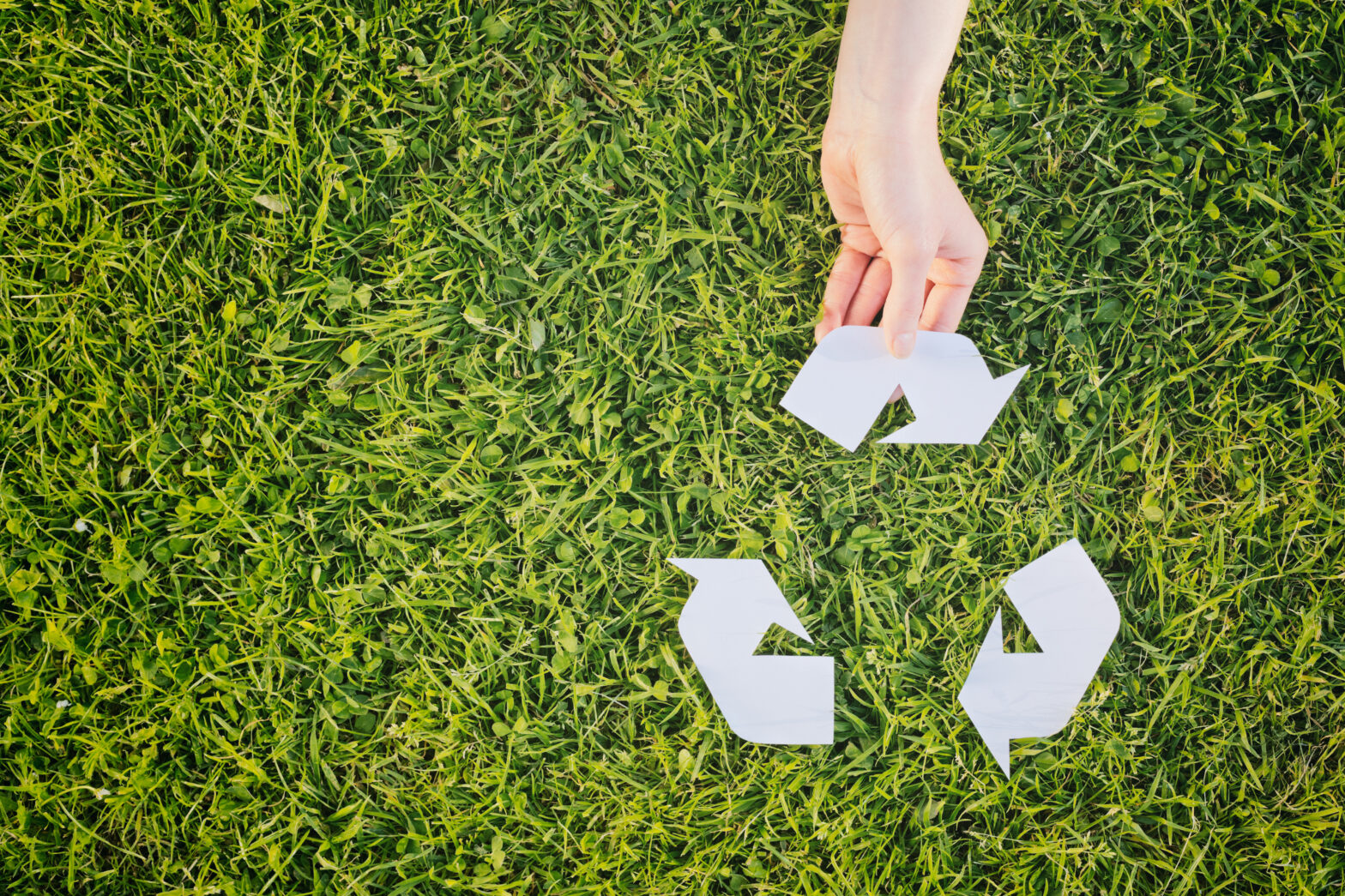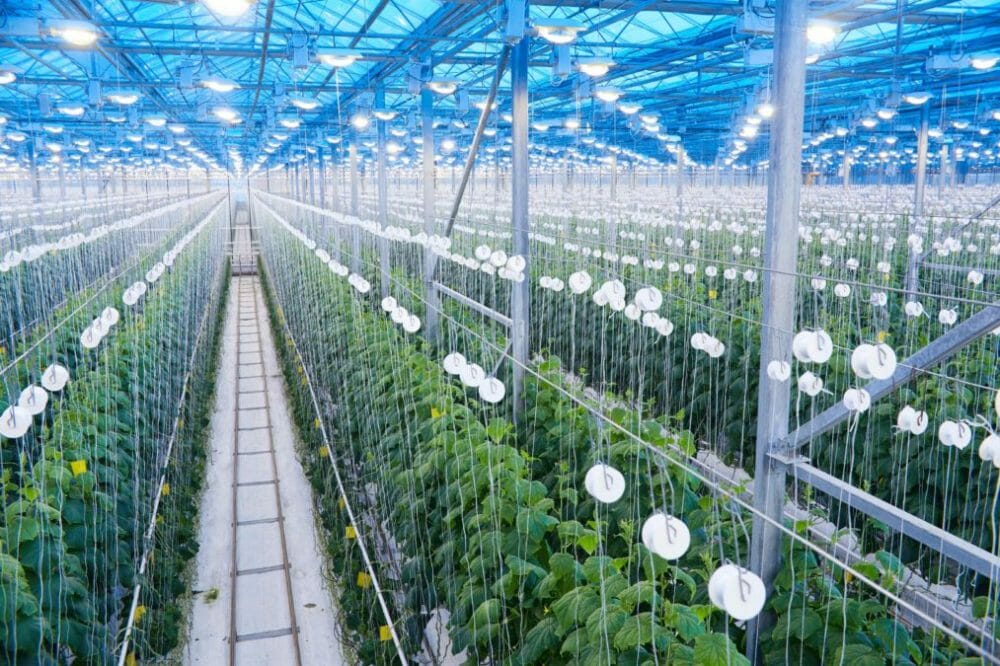With technology constantly developing and advancing at rapid speeds, electronic devices and appliances have fast become some of our most wasted household and commercial items. As soon as a newer, better model is released, the old version takes a back seat and ends up on its way to the landfill.
However, with so many hazardous materials incorporated into electrical and electronic equipment, this form of waste is having a huge negative effect on the environment. IT and telecommunications companies, in particular, are a big contributor when it comes to electronic waste. Which is why electrical waste recycling experts, Envirowaste, has put together this quick and easy guide to WEEE recycling.
>See also: Going green: technology’s battle to save the planet
What is WEEE recycling?
WEEE recycling stands for Waste of Electrical and Electronic Equipment recycling, meaning anything that has a plug or needs batteries for power.
Up until February 2003, there were no laws or regulations regarding the recycling of electronic equipment and devices. Once WEEE became law, electronics started to carry the crossed-out bin symbol, to indicate the correct way to dispose of electronics.
Any WEEE items can be classified as such if they have reached the end of their user life, whether it is a household item or non-household item.
What should be recycled under WEEE?
There are a number of different types of electronic items that fall under the WEEE umbrella. Most household appliances fall under this, as well as toys, medical devices, consumer equipment and monitoring/control equipment.
>See also: Office designs for IT companies
When it comes to the majority of businesses, there are a few key items that are regularly disposed of or replaced. The most popular electrical equipment in businesses being the following:
● Computers – Either desktop or laptop
● Telephones – Including conference phones, mobile phones and other landline units
● Monitors
● Printers & Scanners
● Keyboards and Mice
● Routers
Recycling large electronics
Thanks to the WEEE directive, retailers are now obliged to provide customers with an option, which allows them to recycle their old electronics when purchasing a new item. This can either be a collection service or a drop off point within the store.
>See also: A helping digital hand for the charity sector
If you’re looking to dispose of a number of different electrical items all at once, then an eco- friendly and reliable waste disposal company is the best way to get rid of old equipment. Companies like Envirowaste and other UK based waste removal companies, can drive straight to your office and collect the items for you. Simply book a time and a day and rest assured that your old equipment is being taken care of in the most efficient and environmentally friendly way possible.
What effect does electronic waste have on the environment?
People now have more electronic devices and pieces of equipment than ever before. This applies even more so when it comes to businesses and offices. Around 2 million tonnes of
WEEE items are wasted every year and all of these could have been easily recycled. With so many hazardous materials used to build electronic devices, sending these straight to landfill will severely damage the environment, contaminating the soil and effectively, the surrounding areas.
>See also: UK small businesses are wasting time with IT problems
The main, recyclable materials found in electronic devices are:
● Gold
● Silver
● Palladium
● Copper
By simply being aware of the reasons for WEEE and how to correctly dispose of electrical items, you can help to reduce the amount of electrical waste that goes to landfill every year. With businesses being the biggest cause of unnecessary electronic waste, it’s important companies dispose of their old equipment correctly.







